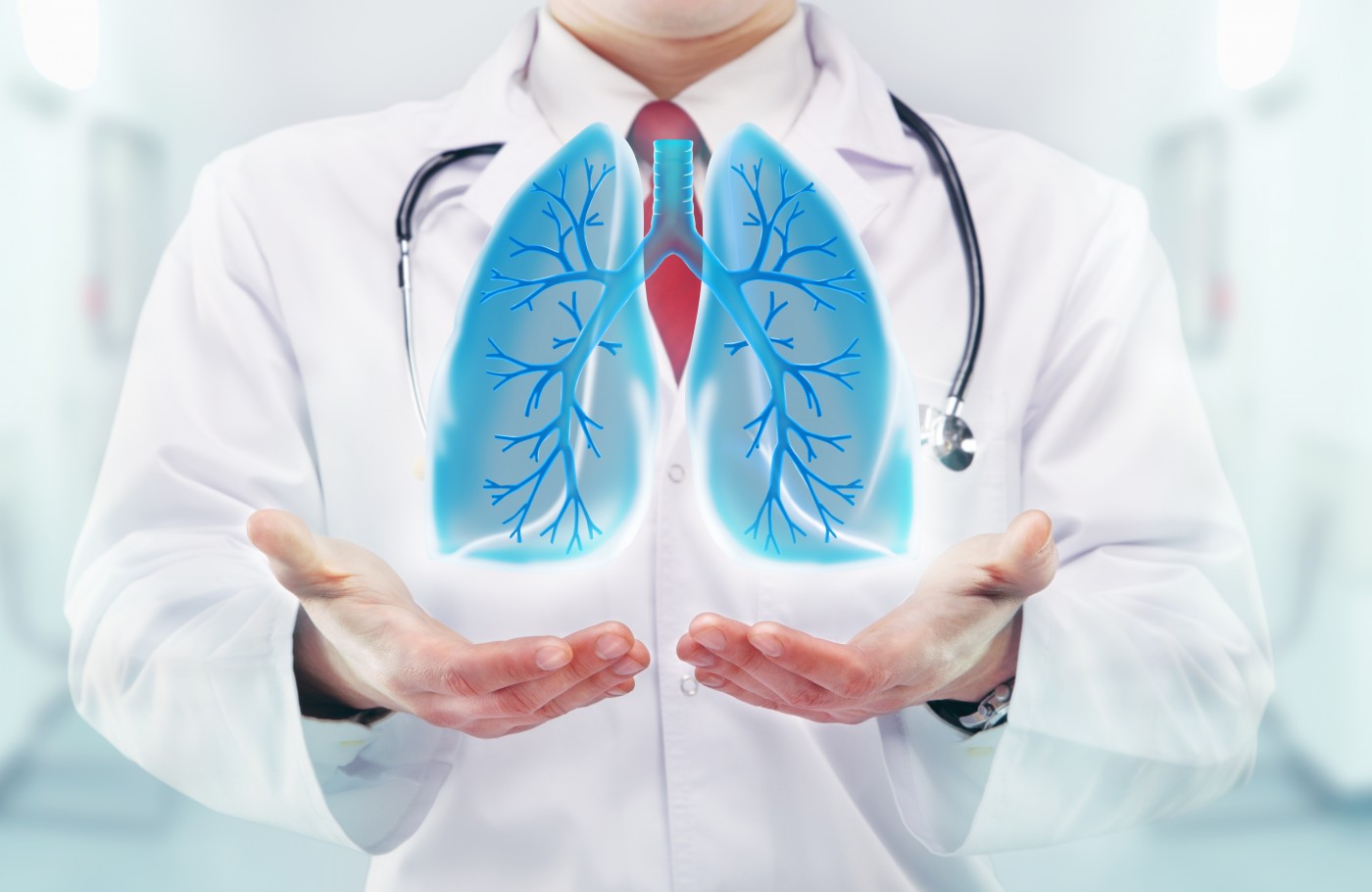Unique Protein Patterns Found in Sarcoidosis Lungs, Study Finds

A large-scale analysis of proteins in bronchoalveolar lavage cells and fluid isolated from the lungs of people with sarcoidosis identified several different biological pathways not found in healthy individuals, a study reports.
The findings may help discover unknown disease mechanisms underlying the condition and promote research into new therapeutic targets and disease-related biomarkers.
The study, “Novel protein pathways in development and progression of pulmonary sarcoidosis,” was published in the journal Nature Scientific Reports.
As proteins are the primary molecules of cellular function, to understand protein changes which cause, or are caused by, sarcoidosis may help identify novel disease mechanisms, therapeutic targets, and useful biomarkers for diagnosis or to monitor disease progression.
To this end, researchers at the University of Minnesota and National Jewish Health conducted a large-scale analysis of proteins (proteomics) in cells and fluid in bronchoalveolar lavage (BAL) — a sterile saline rinse of the lung — isolated from sarcoidosis patients and compared the results to healthy individuals.
BAL cells were collected from four newly diagnosed sarcoidosis patients and four age- and sex-matched healthy controls. BAL fluid was obtained from 10 patients and seven healthy controls.
Sarcoidosis patients were divided into two groups for this analysis: those with non-progressive lung disease, defined as patients with stable lung function; and those with progressive lung disease (patients with worsening lung function).
Mass spectrometry was used to identify large numbers of proteins either in cells isolated from BAL or from BAL fluid itself.
In BAL cells, the team identified 272 proteins produced in different amounts in patients compared to controls and reported on the top 10 proteins with the most significant differences. Two of these top proteins, mucin-5AC and mucin-5B, are components of mucus. Other proteins necessary for immune cells’ ability to ingest invading microbes (phagocytosis) also were identified.
A further analysis mapped these proteins to 30 known biological pathways to determine their functional significance. Several pathways related to immune cells called macrophages were found, as well as those involved in phagocytosis. A pathway connected to the immune signaling protein interleukin-8 (IL-8) also was identified. IL-8 has been implicated previously in sarcoidosis, as the molecule attracts immune cells to the site of infection/injury.
“Future studies investigating IL-8 signaling could improve the understanding of sarcoidosis pathogenesis,” the researchers wrote.
An examination of the BAL fluid found 1,231 proteins, of which 1,195 were present in all patients and controls. Only seven proteins were detected in controls, but not in sarcoidosis patients. Five proteins were found only in sarcoidosis cases, but not in control BAL fluid.
Likewise, 12 proteins were identified in controls and non-progressive cases, but not in progressive cases, whereas four proteins were detected only in progressive cases, but not in non-progressive or controls.
A total of 293 proteins were found to be produced in different amounts in patients compared to controls.
Again, these proteins were mapped to known pathways. Similarities were found between pathways identified in BAL cells and BAL fluid, which indicated that “biological mechanisms that contribute to the development of sarcoidosis can be identified in the BAL [BAL fluid],” the researchers wrote.
When compared to control subjects, several identified pathways were linked to the inflammatory response, including phagocytosis, IL-8 signaling, macrophage signaling, communication between different cells of the immune system, and other metabolic processes.
Comparison of BAL fluid proteins isolated from five patients with progressive lung disease to five patients without, found 121 differentially produced proteins.
Mapping these to known pathways included the CD28 signaling in a type of immune cell that orchestrates the immune response called T-helper cells, which activates a protein known as CDC-42 and is essential in cell growth.
“The finding of differentially expressed BALF proteins mapping to CDC-42 and CD28 signaling suggests that they may possibly be involved in disease progression,” the researchers wrote.
Overall, “we established promising proteomics workflows that will be valuable to develop models for diagnosis and prognosis and also identify therapeutically tenable treatment targets in sarcoidosis,” the team concluded.
“The novel mechanisms identified in our pilot study will need to be evaluated with conventional structure function study to determine causal links in sarcoidosis,” they added.






